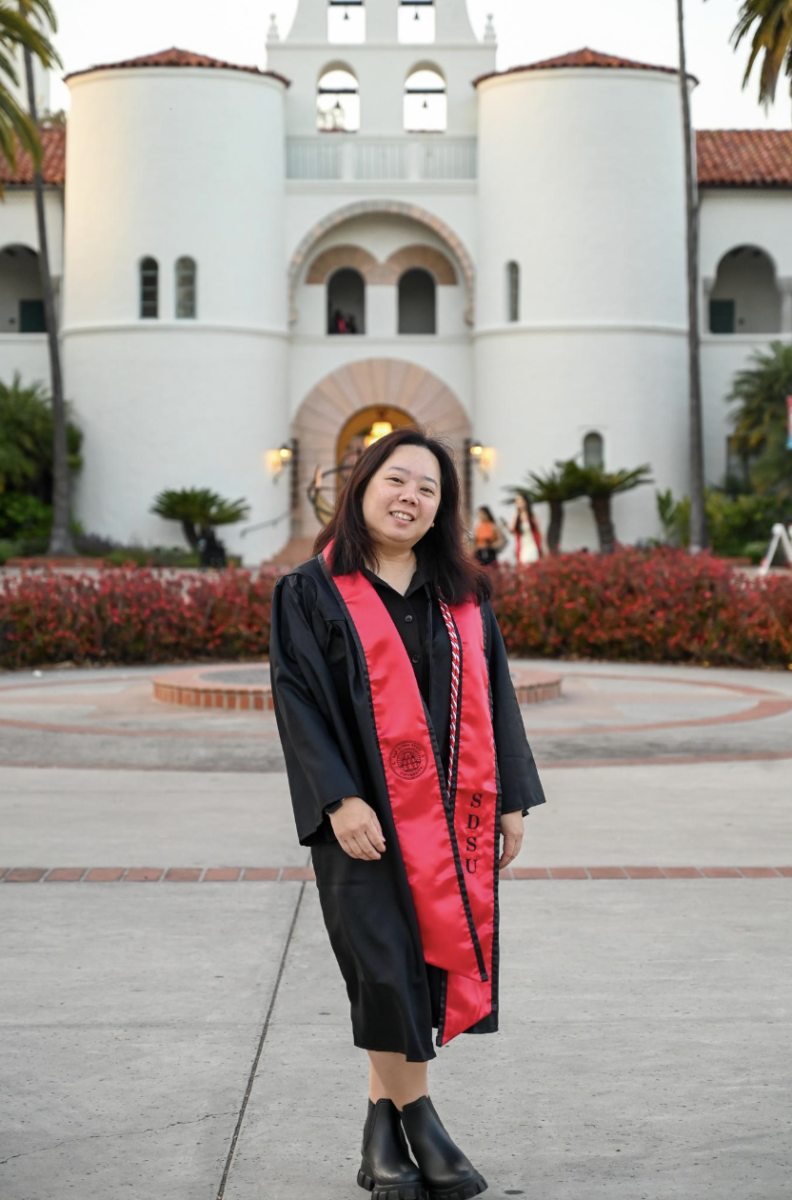San Diego State’s School of Journalism and Media Studies is home to four nationally accredited programs, one of which is advertising. National accreditation aside, many students have expressed dissatisfaction with the current curriculum.
I am one of them.
Courses with practical applications are not taken until senior year.
The electives within the major are limited and not particularly augmenting.
There are rigid prerequisites in place that oftentimes prevent students from taking on unpaid internships.
An advertiser’s job is to create promotional communication. Generating research-based messaging, writing effective copy and using design skills to communicate or execute creative ideas are integral components of this process.
“Creative Advertising” (JMS 562), the course advertising majors take fall semester of their senior year, features a steep learning curve. Students jump from memorizing the definitions of terms like “key performance indicator” to creating headlines, taglines, body copy and visuals in cohesive ad campaigns.
A few classmates of mine have echoed this sentiment. Senior Javier Salcedo hopes to be an art director at an advertising agency. He was surprised to learn he wouldn’t be taking any applied advertising classes until his senior year.
“That basis (design skills)should already be covered by your senior year,” Salcedo said.
After graduation, he sees himself taking supplementary design courses or a portfolio class. Without them, he fears he won’t be a competitive enough applicant for even entry-level positions.
Jeannie Fratoni, an advertising professor at SDSU and freelance creative director, agrees that the curriculum could benefit from additional creative units.
“I think there should be more creative classes earlier on versus one class when you’re a senior,” Fratoni said.
Graphic design courses that incorporate Adobe programs, like Photoshop or Illustrator, are sought-after electives for students looking to go the art route. But oftentimes they aren’t available, or enrollment is limited to certain majors. Fratoni says introducing new JMS electives could be an opportunity to enhance the advertising program.
The current curriculum is certainly writing heavy. One of the most dreaded, foundational courses of the department is “Media Writing and Reporting” (JMS 310W). Students must pass the course with at least a C to proceed in their respective major, whether it be journalism, public relations or advertising. While a solid writing foundation is useful for any career, there is a critical distinction between journalistic reporting and ad copywriting. And being good at one doesn’t necessarily mean you’ll be good at the other.
The prerequisites for the JMS internship course are another hurdle for students looking to acquire the skills and experience their academic courses don’t provide. In order to receive academic credit for an unpaid internship, students in the JMS program at SDSU must be enrolled in the internship course. In order to enroll, they must meet certain prerequisites, which are determined by the faculty to ensure students have the appropriate academic preparation to succeed.
Even if an advertising student secures an unpaid internship that is not entirely advertising-focused – for example, a marketing, editorial or social media internship – they must meet the “Creative Advertising” (JMS 562) prerequisite to receive credit for it. Most students take this class fall semester of their senior year.
As a result, students often enroll in internship courses at community colleges where there are no prerequisites. Even then, the credits don’t transfer. Essentially, students pay tuition for an unpaid internship to get academic credit that will not go toward the degree from the university they are graduating from. For some students, this isn’t a financially viable option.
In introducing a copywriting course and more creative electives, advertising students can hone their writing and design skills and become more competitive job applicants. And in adopting a more flexible internship policy, SDSU can better support students in establishing professional contacts and gaining real-world work experience.
Anna Fiorino is a senior studying journalism. Follow her on Twitter @annafi0.






